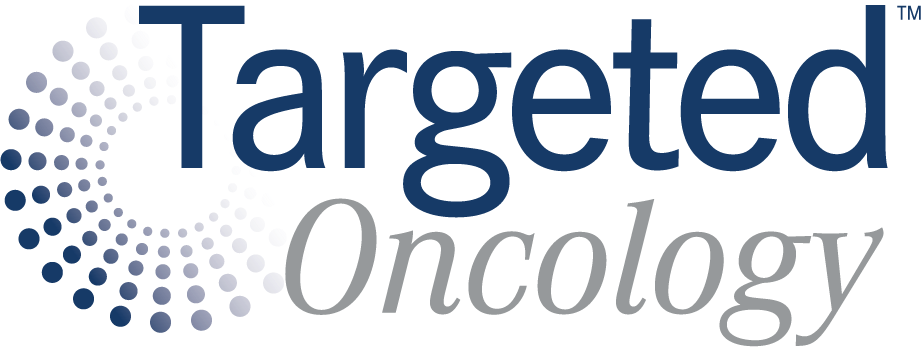AI May Replace the Front Desk in Health Care
AI is no longer in the realm of speculative science fiction—it’s here, and it’s moving fast.
Image by Jennifer Kralyevich / MJH Life Sciences using A

As someone deeply embedded in the health care industry, I’ve spent years observing trends, technologies, and practices that aim to enhance patient care while improving operational efficiency. Today, we stand at the threshold of one of the most significant paradigm shifts in health care administration: the widespread adoption of artificial intelligence (AI).
AI is no longer in the realm of speculative science fiction—it’s here, and it’s moving fast. My bold prediction is that by 2026, the majority of front desk workers in health care practices will be replaced by AI-driven agents that are faster, more efficient, and capable of delivering a superior patient experience.
This isn’t a slight against the individuals currently staffing these roles. Front desk workers are often the unsung heroes of health care practices, juggling the demanding and various responsibilities of scheduling, patient intake, and billing inquiries and providing a warm first impression. But the reality is that the tools of AI are evolving so rapidly that they can now outperform humans in almost every aspect of this job.
Why AI Will Take Over
Superior Communication
AI agents, such as advanced natural language processing systems, can now communicate in ways that feel almost indistinguishable from human interaction. They don’t just answer questions; they interpret tone, anticipate needs, and tailor their responses to individual patients, all in real time. This means patients are met with consistent, clear, and empathetic 24/7 communication every time they reach out.
Unparalleled Efficiency
Front desk workers are often overwhelmed with simultaneous demands. AI systems, on the other hand, can handle thousands of inquiries at once without losing accuracy or speed. They can instantly access patient records, verify insurance, schedule appointments, and send reminders, all within seconds.
Cost-Effectiveness
Employing a person isn’t cheap. A competitive salary, benefits, health insurance, retirement contributions, and payroll taxes are just the beginning. Add to that the cost of training, the risk of turnover, and the productivity limitations of a person who can only handle one interaction at a time. AI represents a significantly cheaper long-term option. It requires an up-front investment but eliminates ongoing costs such as salaries and benefits. It doesn’t need vacation days, sick leave, or retraining when your processes change. And unlike a human employee, AI doesn’t leave for a better offer after you’ve poured resources into its training and development.
That said, the best systems aren’t purely AI driven. The optimal office of the future will include skilled human team members working alongside AI. Human staff will focus on tasks that require emotional intelligence and nuanced decision-making, areas where technology can’t fully replace human expertise. This synergy not only reduces staffing costs and head count but also enhances the patient experience. Patients get the convenience and efficiency of AI with the warmth and understanding of human interaction where it truly matters.
To continue reading the article, visit https://bit.ly/3Qx6arb
Jock Putney is the founder and CEO of WUWTA, an experience and engagement platform designed to help practices engage patients in their care and create better treatment outcomes.




